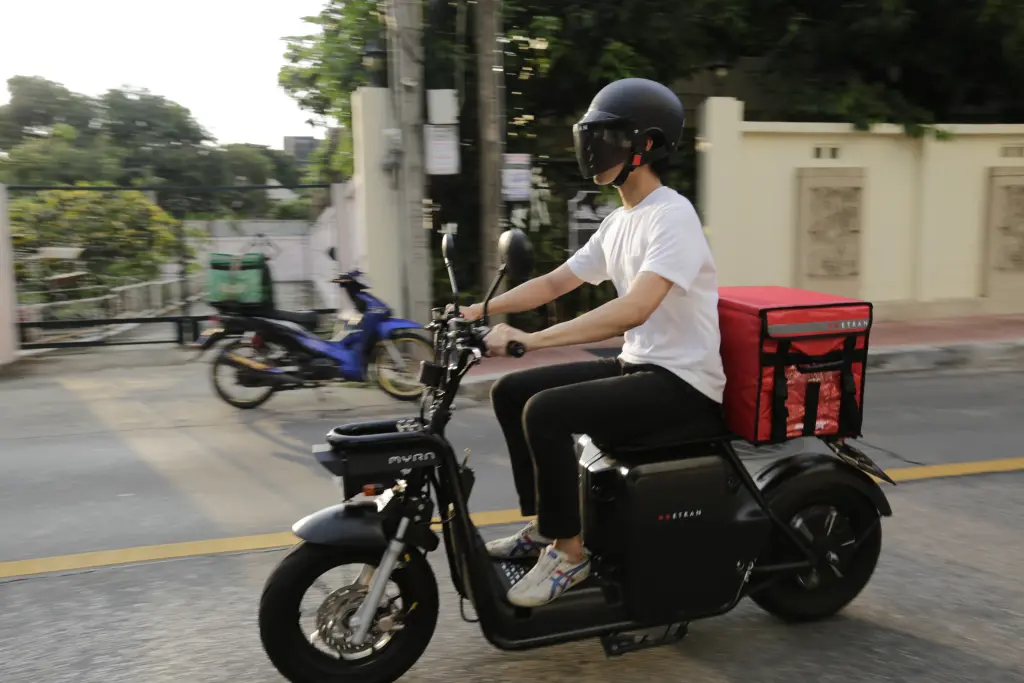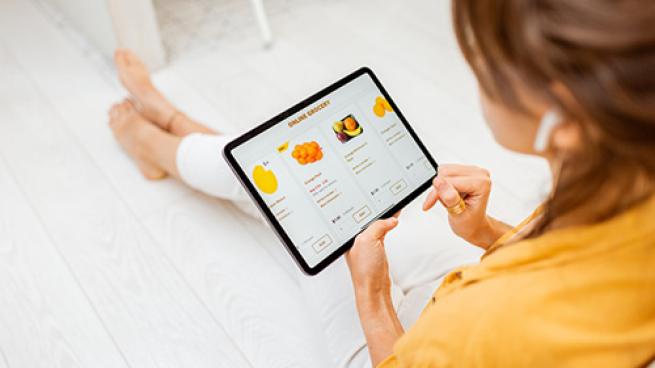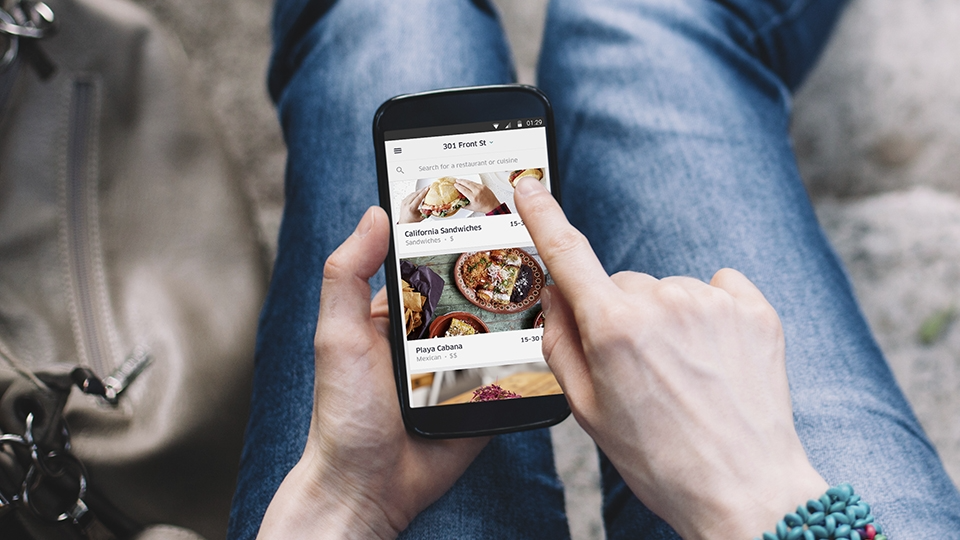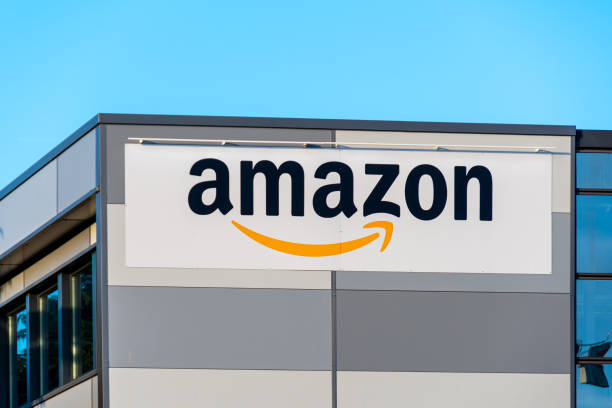With technology and the internet becoming relevant today, e-commerce has expanded from simple kitchen tools to the food market, giving birth to food e-commerce. Food and beverage companies that sell goods online or through an eCommerce platform are known as food eCommerce companies, which cover ordinary or specialist goods that are fresh and non-perishable commodities. With the food e-commerce food trends, various trends have arisen that are slowly changing how such an industry is working and perhaps a glimpse of its future is brought on by consumer needs.
Fast Shipping and Delivery

To gain an edge in the food e-commerce market, have super-fast delivery services, especially when delivering food and drinks. This is especially important with foods and drinks meant for special occasions, for which timely delivery is important to ensure a positive customer experience.
Another situation is that when a customer orders fast food, they also seek a fast delivery period similar to how they order at onsite fast food chains.
Lastly, when customers have specific cravings, such as special coffees and snacks, they want those ordered as soon as possible, as quickly as possible.
Personalization

With the technology and the current market, personalized shopping experiences have become rather popular across a large number. According to research by Epsilon, about 80% of consumers are more likely to buy or purchase food that allows for customization or provides a tailored experience.
For the e-commerce business, this is not an anomaly as food manufacturers and online sellers have always strived to create a personalized shopping experience, personalized products, and recommendations for their target customers.
Mobile shopping

With the prevalence of smartphones, mobile E-commerce has expanded rather quickly, with 72.9% accounting for all retail e-commerce sales in 2017 for the mobile commerce market compared to 58.9 in the previous year, according to Statista.
With such a trend becoming more prevalent, various food and drink brands have now more chances to reach consumers during various moments of the day.
With apps like UberEats, Grab, and even FoodPanda, Mobile E-Commerce has become a major trend in Food E-Commerce.
Cross-selling

Most of the time, a food or drink product is what the customer exactly needs and they won’t need any other forms of persuasion to buy it. But in certain periods, the product can also be improved or added with other products to truly enjoy it.
From this trend, Cross-selling emerged. through the promotion of another product that complements the items that the buyer has already purchased. An example of such is a specific drink or side dish that would go lovely with the main dish that the customer has already bought.
Conclusion
With the Food E-commerce market becoming a major industry in the online business sector, various trends emerged that may further affect how the Food E-commerce market functions.
Examples of this are the emergence of faster shipping and delivery services meant to meet the rising demand for customers who seek a timely arrival of their order food, At the same time, personalization has become essential for the customer’s shopping experience.
Meanwhile, Mobile shopping has surged together with the rise of smartphone usage. Cross-selling strategies emerged by offering combination meals and products to create a more profound eating experience.
Although there are other emerging trends, as long as the food e-commerce market has a large pool of customers, its future is based on their desires and ever-changing needs.












